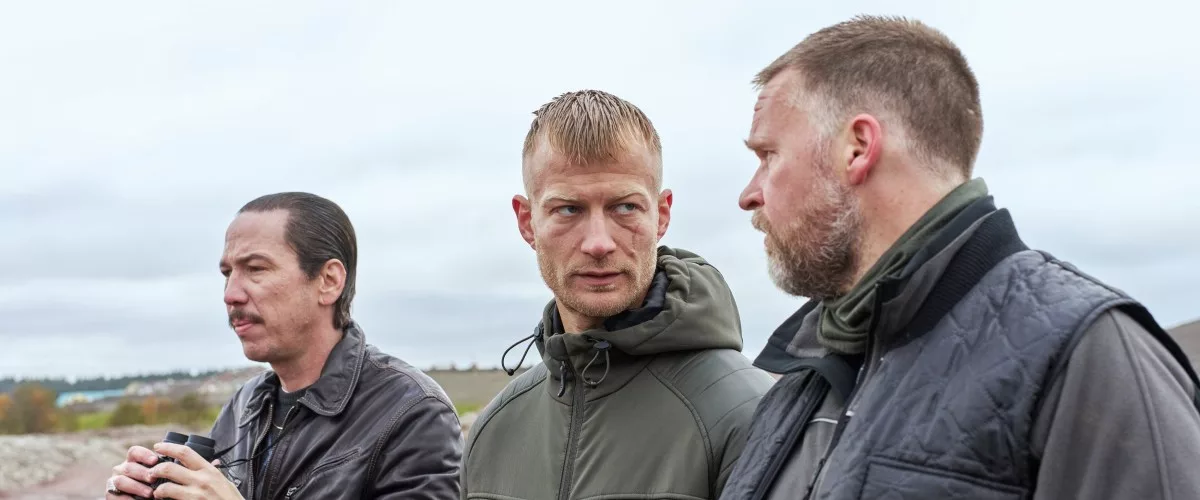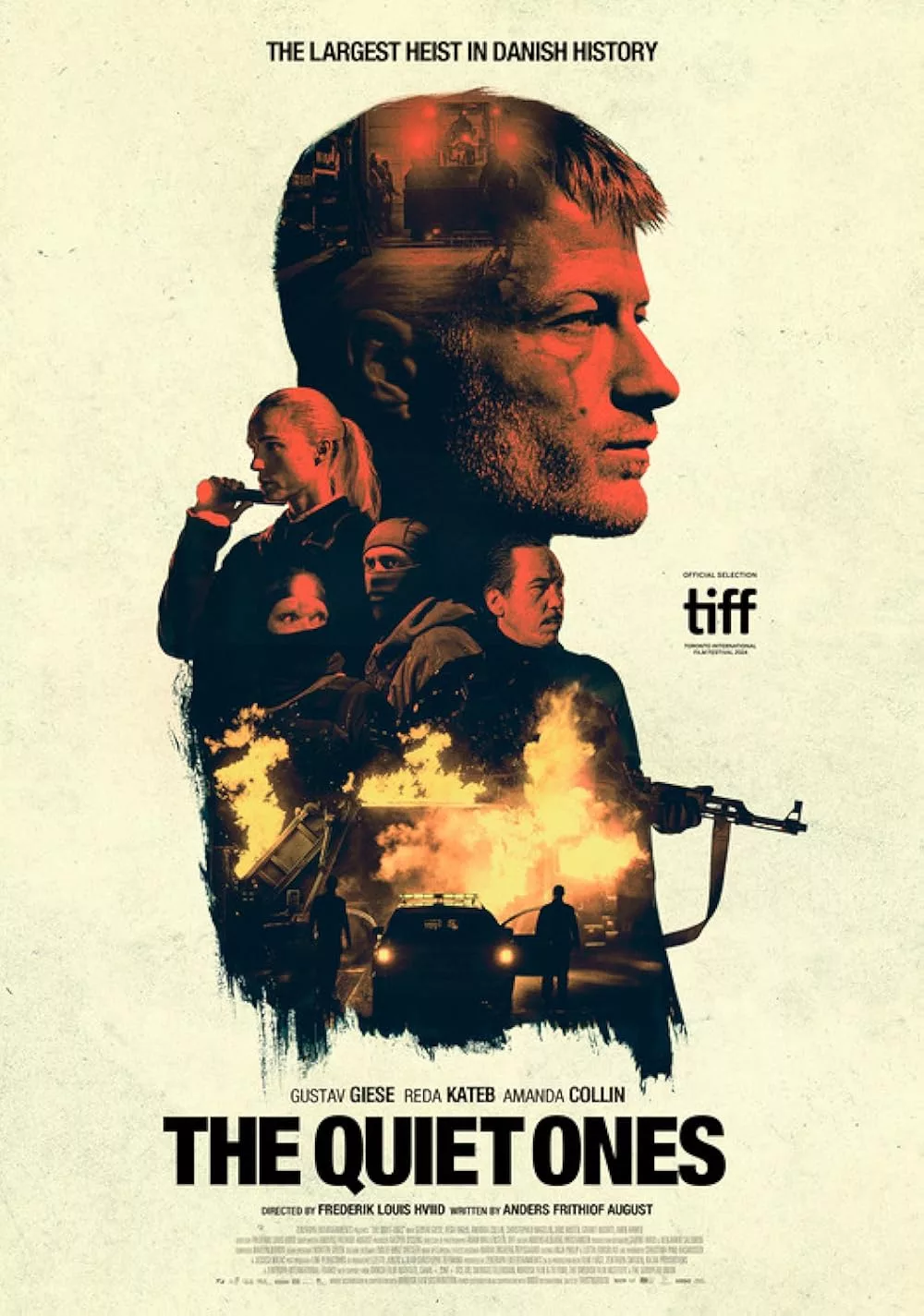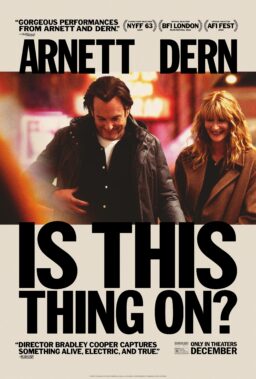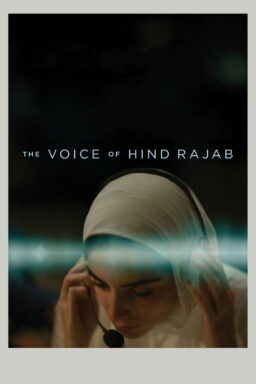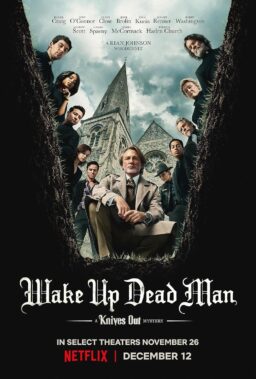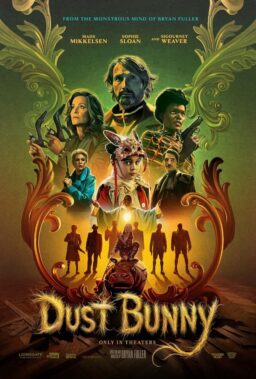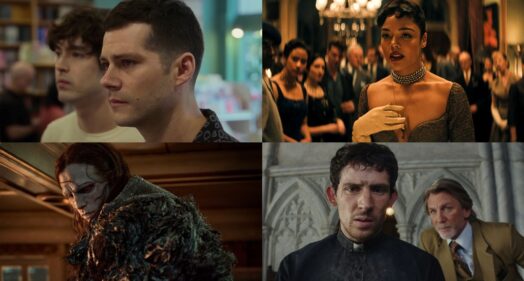“The Quiet Ones” is a tough, violent film about a ragtag group of men in the Danish underworld stealing tens of millions of dollars from a cash processing facility in Copenhagen. It will be a lot of fun for devotees of the history of the crime thriller because it feels like the people who made it took bits and pieces of nearly every such film ever made and distilled it into a single work. It glides along the surfaces of its characters and its world and rarely digs as deep as one might like. But the experience is intense, and the surfaces are beautiful. There are quite a few characters and situations that’ll make you think, “Oh, that cliche again,” but that you’ll decide to embrace (or at least allow to pass) because the movie is tightly constructed and exceptionally acted and has several dazzling, all-in-one-shot action sequences.
But as it turns out, “The Quiet Ones” isn’t a concoction that gloms together nothing but other movies. It’s a retelling of something that actually happened: the biggest heist in the history of Denmark. Any connection to movie history beyond that is surely intentional, and everyone involved seems to be having a grand time making what amounts to a dramatized database of films where violent men steal things and turn on each other.
As directed by Frederik Louis Hviid, “The Quiet Ones” is hugely influenced by Michael Mann’s “Heat” as well as his debut feature “Thief,” in particular the shimmering, contrasty cinematography (by Adam Wallensten, who worked on “The Last of Us”) and the burbling synth music that seems put the characters in a vise and very gradually crush them (the score is by Martin Dirkov, who also did “The Apprentice”). But the movie also boasts the attention to journalistic detail we associate with Mann, as well as with Martin Scorsese, whose own crime films make room for detailed explanations of how things are done, such as the skimming of the daily cash take in “Casino” or the busting-out of a restaurant in “Goodfellas.” (If you want to understand how it’s possible to steal a car with an computerized security and tracking system, this movie will show you.)
And its sensibility reaches back further than that, encompassing 1940s classics like “Criss Cross,” “The Killing,” “White Heat” and “The Asphalt Jungle.” The movie opens with an armored car heist that ends in tragedy (and introduces a couple of characters who’ll figure prominently in the story later). The main character, Kasper (Gustav Dyekjær Giese), who masterminds the crime, is an aging boxer of moderate skill who wants to make enough money to move himself, his wife, and his daughter out of public housing and into a comfortable life, but has accepted that he’ll never achieve that goal in the ring.
He gets his chance during his daily run, when he goes past the cash processing facility and notices details that might constitute exploitable weaknesses. Kasper is connected via marriage to a jewelry store run by underworld types, including his brother-in-law, and this in turn gives him access to the orbit of a criminal named Slimani (Reda Kateb, whose rounded face, pencil mustache and insinuating smile give off major Warren Oates vibes). Slimani is tied in with much bigger fish who can give them the knowledge and equipment they need to plan and execute the crime. Unfortunately, once these other guys understand the staggering amount of money that’s in play, they want in, and they’re the kinds of people you can’t say no to.
Hiviid keeps things percolating and allows for periodic explosions of violence, many of which are more mundane than you’re used to seeing in this kind of movie (one member of the crew gets injured at a crime scene and gets blood on the floor, which necessitates an improvised solution to the problem of “What if the police sample this mess and have it DNA-tested?”).
But neither the film as a whole nor the screenplay by Anders Frithiof August dig as deep into the characters as the film seems to promise to do. Every performance is fierce and intelligent, including those by minor characters who are mainly there to enact a subplot, but none of them quite rise above being “types.” This isn’t a huge detriment to the movie as entertainment—the tall, broad-shouldered, tattooed Giese has a bit of the wounded, internalized machismo that made a star of the young Burt Lancaster, and the rest of the cast is filled out with 1940s faces, the kind that give you most of what you need to know for plot purposes on first glance.
But once you learn that it’s all based on real people and things, it can be frustrating to realize that it’s all been seemingly treated as a thought-prompt for a crime movie screenplay that doubles as (or so it seems) an audition for much more handsomely funded Hollywood projects, probably starring somebody like Brad Pitt or maybe Jason Statham (who did a classic armored car robbery movie, “Wrath of Man,” with Guy Ritchie a few years ago).
In an interview with Time magazine, the director talks extensively about the real story, and his summary is full of details so fascinating that it seems counterintuitive to have left them out of the script in favor of somewhat retooled tropes from other crime movies. “The criminals went to great lengths to conceal their identities from one another. Nobody knew each other’s names and were typically referred to by the town or city they were from. Others went to more extreme measures, including one man who, according to Hviid, wore a pillow under his shirt at all times, so he couldn’t be accurately profiled by any of the other criminals. One walked with a fake limp, and others wore fake hands—anything to avoid detection from the police. These physical details were left out of ‘The Quiet Ones.’ Though they are accurate, ‘it seemed absurd and almost comical,’ says Hviid.” Well, yeah. But so are the bits in “Casino” where an FBI surveillance plane runs out of gas and has to make an emergency landing on a golf course, and a casino director becomes enraged because the kitchen’s blueberry muffins don’t all have the same exact number of evenly distributed blueberries. When a true story hands an artist a massive amount of evidence of how uniquely weird life can be, the artists should accept it, not say, “No thanks! I’ve got a library of other heist movies to draw from.”
“The Quiet Ones” is also, as you probably guessed, an overwhelmingly male film, by virtue of the real-world milieu and the filmic traditions that it comes out of. But that doesn’t explain or excuse the movie’s seeming disinterest in the handful of women that it includes, such as an abused girlfriend of one of the crew whose few scenes are mainly about establishing that a guy you already knew was mean is, in fact, even meaner than you thought. There’s a subplot about a guard at the cash sorting facility, Maria (Anders Frithiof August), who wants to become a cop that doesn’t ultimately amount to much. This would be less irritating if one of the filmmakers’ primary influences, “Heat,” didn’t devote as much time to the crooks’ personal lives as to their crimes, and very fruitfully so. If you’re gonna go there, go there. But don’t half-go there, you know?
Many of the quiet scenes in the movie are backed by overheard or briefly glimpsed TV news reports on the financial meltdown of 2008, which doesn’t really have anything to do with the plot (surely these guys would’ve attempted the robbery even during a healthy economy) but serves to remind fans of the American noir “Killing Them Softly.” The latter is a new classic of the crime thriller genre. It’s been said by many a moviemaker and critic that if you’re going to remind avid filmgoers of another, better movie that they could be watching instead, you’ve got to bring creativity and originality and make the movie that’s doing the referencing as good as the ones that are being referenced. “The Quiet Ones” doesn’t get there. But it’s engrossing all the same. Whatever these filmmakers do next will likely be as unassumingly professional as this one.

